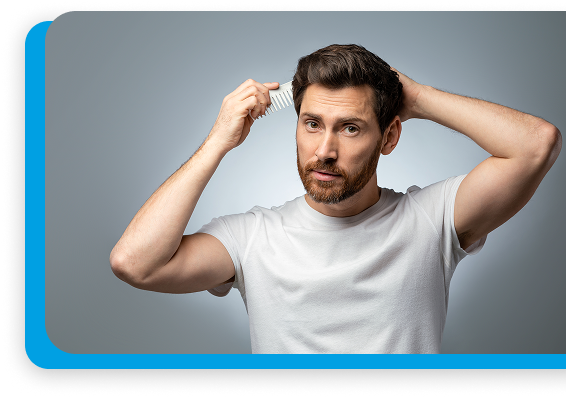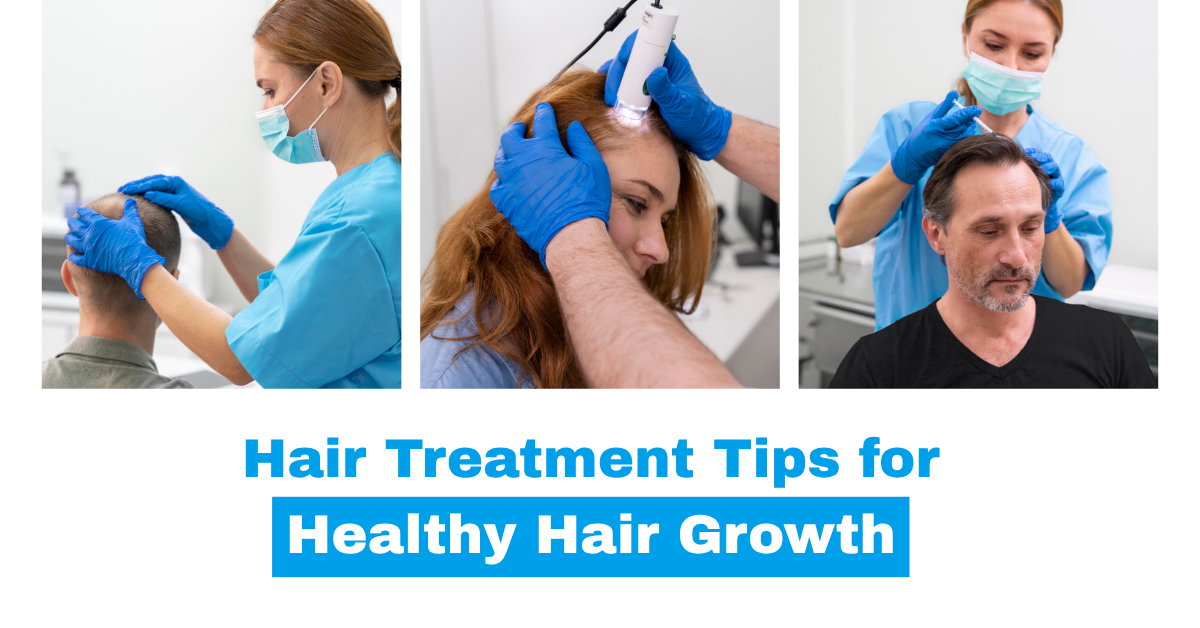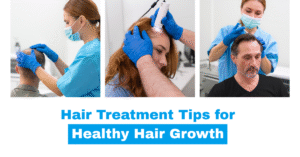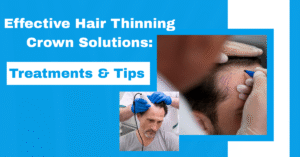Effective Hair Treatments for Healthy Locks
Effective Hair Treatments for Healthy Locks are more than just beauty routines—they’re targeted strategies designed to nourish, repair, and restore hair from the root to the tip. Whether you’re facing dryness, breakage, or thinning due to androgenetic alopecia, these treatments offer a personalized solution for hair loss. From hydrating masks and serums to expert-led options like PRP therapy, DHI, or even hair transplant procedures like follicular unit extraction FUE and MHI, there’s a treatment for every need.
If you’re considering hair restoration, this guide is for you. With the right plan—guided by an experienced hair transplant surgeon—you can support new hair growth, improve texture, and regain lost confidence. It’s not just about appearance; it’s about restoring health to your hair follicle and building lasting results. These treatments offer a long term approach to managing the type of hair loss you’re facing, so you don’t have to simply accept it—you can treat it.
The Science Behind Healthy Hair
Before exploring treatments, it’s important to understand the basics of hair health. Hair is made of keratin, a protein crucial for its strength and structure. Nutritional deficiencies, stress, hormonal imbalances, or poor lifestyle habits can weaken keratin and lead to issues like thinning and breakage. Additionally, external elements like pollution and extreme weather can damage the donor area, affecting hair regrowth and texture.
The hair growth cycle includes three key stages: anagen (active growth), catagen (a brief transition), and telogen (the resting phase).
Disruption in this cycle due to poor internal or external health can trigger shedding or slower hair regrowth. Recognizing early symptoms like excessive fall or visible bald spots can allow timely treatment for hair loss.
Hair Treatments for Thinning Hair
Thinning hair can deeply affect confidence in men and women, but modern hair restoration options offer hope. The key is to identify the type of hair loss—hormonal, nutritional, or stress-related—and address it from the root. In some cases, especially where density loss is visible in the crown or frontal zones, fue hair transplantations or follicular unit transplantation FUT become effective long term options.
Hair Serums: A Boost for Women’s Hair
Hair serums are a go-to for women seeking smoother, healthier strands. Packed with vitamins, proteins, and essential oils, they not only improve shine but also strengthen weak spots along the hair shaft. They help protect transplanted hair or naturally fragile strands from heat and pollution.
Regular use leads to stronger hair over time—helping with detangling, reducing split ends, and sealing moisture. When paired with other types of hair transplant techniques or treatments, serums can even support new hair growth and reinforce the structure of the recipient area.
Scalp Treatments: The Root of Hair Health
Healthy hair begins with a healthy scalp. Treatments like essential oil massages or tea tree-based exfoliants improve blood circulation to the hair follicles and reduce inflammation. This is especially important for patients preparing for or recovering from hair transplant surgeries.
Scalp treatments remove buildup and stimulate follicles for better hair regrowth, particularly when paired with advanced hair transplant techniques like MHI or DHI, which focus on minimal trauma and precise placement in the donor site and recipient area is essential for achieving natural-looking results in any hair transplant procedure.
Increasing Hair Density
If you’re struggling with thinning or patchy areas, increasing hair density is a key goal. This can be addressed through medications, dietary changes, or procedures. For some, the solution lies in modern hair transplant techniques that place healthy hair grafts into areas lacking density—achieving a fuller look.
The Role of Hair Fall Control Shampoos
Shampoos targeting hair fall typically contain biotin, keratin, or caffeine. These ingredients stimulate hair follicles, strengthen shafts, and reduce breakage. When used consistently, especially after a hair transplant experience, they enhance the outcome by supporting healing and density in the recipient area.
Look for formulas also enriched with botanical extracts to gently cleanse without stripping natural oils—important for preserving the donor site.
Incorporating Derma Roller for Scalp
A derma roller, when used correctly, creates tiny channels in the scalp that increase blood flow and improve absorption of treatments. This can benefit both natural and transplanted hair, helping hair grafts thrive post-surgery.
Used alongside topical products or PRP therapy, it enhances the performance of hair transplant procedures and supports healthier, thicker hair regrowth.
Comprehensive Hair Care Routine
A daily hair care routine matters more than you think. It sets the foundation for results from any treatment for hair loss.
Regular Trimming
Keep split ends at bay by trimming every 6–8 weeks. This helps transplanted hair maintain a neat, healthy appearance, especially post-procedure.
Choosing the Right Products
Choose products free from sulfates and parabens. Look for nourishing ingredients that support hair follicles and protect both natural and transplanted hair.
Embracing a Healthy Lifestyle
A balanced diet rich in protein, omega-3, and iron supports strong hair follicles. Hydration, sleep, and stress reduction also improve hair transplant expectations and outcomes in the long term.
Specialized Treatments for Hair Growth
If general care isn’t enough, targeted options may help.
Prescription Treatments
Minoxidil and Finasteride are often recommended for androgenetic alopecia. These help stimulate new hair growth, and when used consistently, slow the rate at which you lose hair.
Combine these with fue hair transplantations or MHI for enhanced effectiveness, especially in areas where hair grafts are placed.
Natural Remedies
Aloe vera, onion juice, and coconut oil may not replace surgery, but they complement your routine. They soothe the scalp and nourish hair follicles, especially helpful for men and women managing early-stage bald spots or thinning.
Conclusion: Embrace Healthy Hair Habits
Maintaining vibrant, healthy hair doesn’t require luck—it takes a mix of good habits and expert guidance. Whether you’re adding scalp treatments, using a derma roller, or considering advanced hair transplant surgeries, the key lies in consistency and personalized care.
- If you’re considering options like FUT, FUE, DHI, or MHI, consult experienced transplant surgeons who can explain the right fit based on your type of hair loss, donor area, and expectations. With patience and a focused approach, you’ll not only improve your hair’s health but also reclaim your confidence—because every strand counts.












